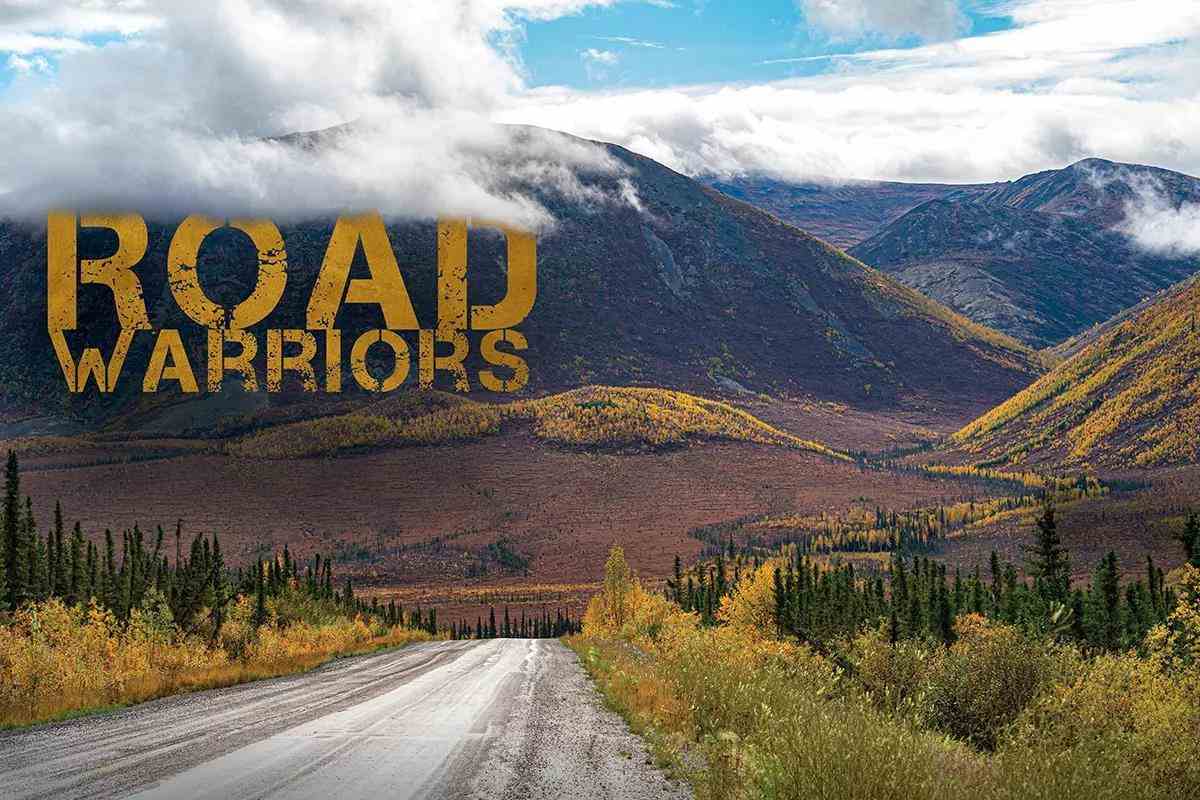
What are some of the best movie posters you have come across?

Here are some of the most iconic and highly regarded movie posters, highlighted across various sources:
Jaws (1975)
- Designed by Roger Kastel, this poster is simplicity at its best, featuring a giant shark looming beneath a swimmer, with the bold, blood-red title "Jaws" at the top4.
Star Wars: Episode IV – A New Hope (1977)
- Created by John Alvin, this poster is a classic example of sci-fi art, capturing the essence of the film with its vibrant colors and iconic characters2.
Raiders of the Lost Ark (1981)
- Another classic by John Alvin, this poster features Indiana Jones in his signature pose, encapsulating the adventure and action of the film1.
The Godfather (1972)
- While the poster itself is not as elaborate as some others, its simplicity and use of Marlon Brando's image make it instantly recognizable2.
Blade Runner (1982)
- Designed by John Alvin, this poster features a noir-inspired cityscape with Harrison Ford and Sean Young, reflecting the film's cyberpunk atmosphere1.
The Exorcist (1973)
- Created by Bill Gold, this poster uses a silhouette from the film, capturing the eerie and gothic horror elements of the movie1.
Apocalypse Now (1979)
- Designed by Bob Peak, this poster features Marlon Brando's giant bald head fading into the sun, along with surreal and hallucinogenic elements that match the film's tone1.
Mean Streets (1973)
- This poster, featuring a hidden smoking gun amidst city buildings, is a groundbreaking representation of the darker side of Little Italy and the film's urban setting12.
Manhattan (1979)
- Designed by Matt Needle (or Bert Kleeger, depending on the source), this black-and-white poster reflects Woody Allen’s cinematography and features a romantic yet melancholic depiction of New York City13.
The Matrix (1999)
- This poster is notable for its futuristic design, featuring Neo and other characters in futuristic attire, with a font that reflects the "glitch in the matrix" theme2.
Pulp Fiction (1994)
- The poster resembles a 90’s magazine cover, featuring Uma Thurman’s character Mia Wallace, and captures the postmodern essence of Quentin Tarantino’s film2.
2001: A Space Odyssey (1968)
- Designed by Robert McCall, this poster features an illustration of Space Station 5, capturing the magnitude and ambition of Stanley Kubrick’s sci-fi epic4.
The Shining (1980)
- Created by Saul Bass, this poster is known for its unnerving yellow color and the grimacing face hidden in the letter "T", reflecting the horror elements of the film3.
Full Metal Jacket (1987)
- This poster, controlled by Stanley Kubrick himself, features minimalism, white space, and bold typefaces, along with a striking image that encapsulates the film’s themes1.
Scarface (1983)
- Designed by John Alvin, this poster uses black and white imagery with bold red text, emphasizing Al Pacino’s presence and the film’s gritty tone4.
Anatomy of a Murder (1959)
- Created by Saul Bass, this poster features a simple yet intricate silhouette figure, suggesting the film’s mysterious and intricately made nature4.
Forbidden Planet (1956)
- This poster features Robby the Robot, making it a nostalgic and influential piece in the science fiction genre1.
Platoon (1986)
- The poster includes a chunky-fonted logo with military dog tags and a bloodied Willem Dafoe, capturing the powerful and despairing image from the film1.
Lord of War (2005)
- This poster is ingenious for its mosaic of bullet and shell casings forming Nicolas Cage’s face, reflecting the film’s theme of arms trafficking1.
Nymphomaniac (2013)
- The minimal teaser poster uses parentheses to infer the film’s themes of sexuality and eroticism, making it a smart and provocative design1.
These posters are celebrated for their creativity, impact, and ability to encapsulate the essence of their respective films.